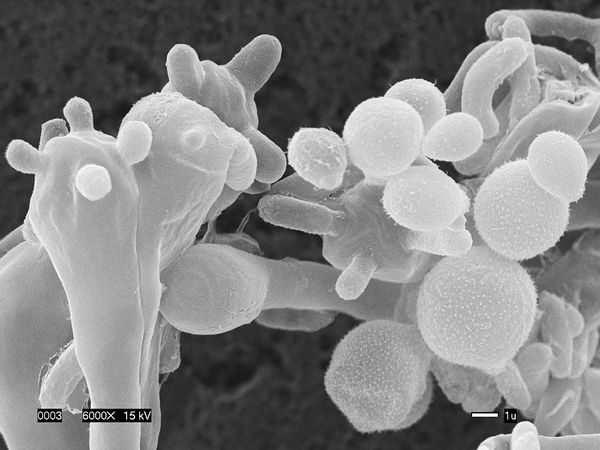
(NaturalNews) Prepare to say goodbye to bananas. Do you remember back in the sixties when there was a change in bananas? It wasn’t announced, but those of us who love the fruit did. They became less sweet and creamy — just not as good. There was no information about it. The change seemed to slip under the radar and most of us forgot about it.
That change foretold what’s now coming — the complete death of bananas. No, this is not hyperbole. Bananas are dying, and their death is a precursor of what’s to come if we continue to accept corporate farming. But first, back to the impending loss of bananas.
We tend to think of bananas as a single species with no more than one or two variations on the theme –something like oranges, lemons, limes, and grapefruits that are all variations of a single species. That, though, is far from the truth. Until the mid-eighteen hundreds, most bananas grew wild and local people ate them, though some local cultivation existed. There was a huge variety. Some were sweet and some sour. Some were creamy, while others had a bit of crunch. Some were yellow, but others were red or purple. Today, most of that variety is lost.
Chiquita’s History
During the 1870’s, Minor Keith was a young man from a wealthy railroad company who went to Costa Rica to help build a national railroad. He and other relatives accomplished the task at the cost of 5,000 workers’ lives. He also started planting bananas, a crop that was gaining popularity in the U.S., on the easements along the railway. The Costa Rican government could not make payments on its railroad loans from British banks. Because of his wealth and connections, Keith was able to raise the money to finish the job, largely by negotiating a significant decrease in the interest rate, from 7% down to 2.5%. This put him in the debt of the dictator, whose daughter he had married, so he was granted 800,000 acres of tax-free land along the railroad, where he’d been planting bananas, along with a 99-year lease on the railroad’s operation along that route.
Read moreBananas Are Dying, Killed by Corporate Monoculture


